Photoshoot Plan: For this photoshoot I would like to explore the area of La Collette and its close surroundings. The main aim of this photoshoot would be to create high quality images of an industrial are, particularly ones which would look good edited in a monochromatic style, as this reflects the work of artist Lewis Baltz, who I have been researching and writing about throughout my essay. Additionally, this photoshoot was aimed to be done throughout sunset, as the golden lighting can create reflective effects and interesting shadows. I will not be using other equipment apart from the camera as I believe that my shutter speed will not be low enough for me to need to tripod. I will be attempting to recreate work similar to those of Lewis Baltz and Richard Misrach, this makes this photoshoot my most important of the three that I will be doing, as the others mostly focus on just one of these artists,
Contact Sheets

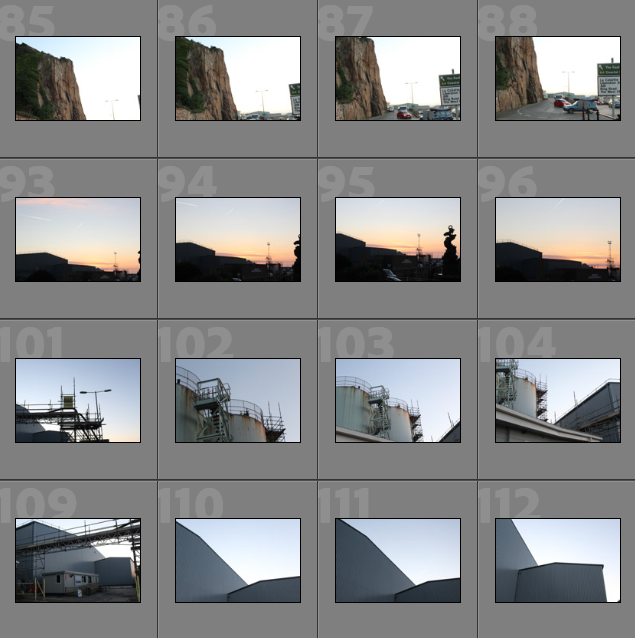

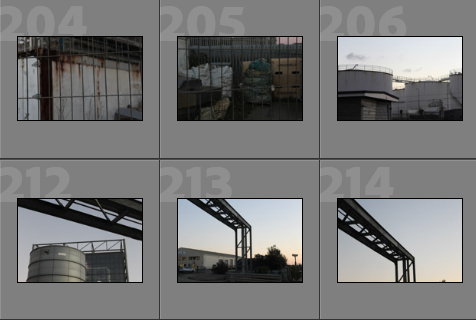


Image Selection
In order to begin my image selection process, I went through all of my images and rated them with stars, this ensures that I can later filter out of my unsuccessful and only focus on the ones I have rated 5 stars. The next step to this process is using a colour coding scheme which helps me determine which images out of my strongest images have the most relevance to my project and are of the best quality. This means that the editing process is made so much easier as I have already selected the best images and these mostly have high levels of quality, meaning that some types of editing, such as monochromatic, don’t turn out grainy.

- Purple- images with most potential
- Blue- images that could be used
- Pink- images with least potential
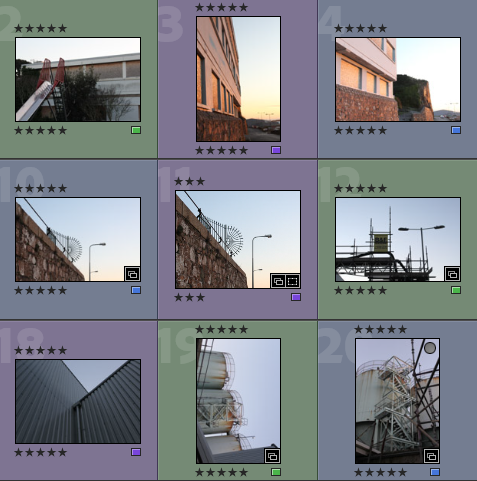


Why I like this method of image selection: This method is an easy way to determine how much I like all of my images individually and how I can visualise them coming together as a sequence. It helps me consider how all my photographs will be arranged in my photobook and which images match up the best.
Best Images Before Editing
Below I have created a gallery to illustrate my images with the most potential, as I believe that these images do not need a lot of editing and are high quality without adapting the ‘clarity’ and ‘dehaze’ settings in Lightroom Classic. I would like to use these images in my photobook as the saturation of these images will look aesthetic in my book as the natural colours provide contrast to the amount of monochromatic photographs I would like to include.

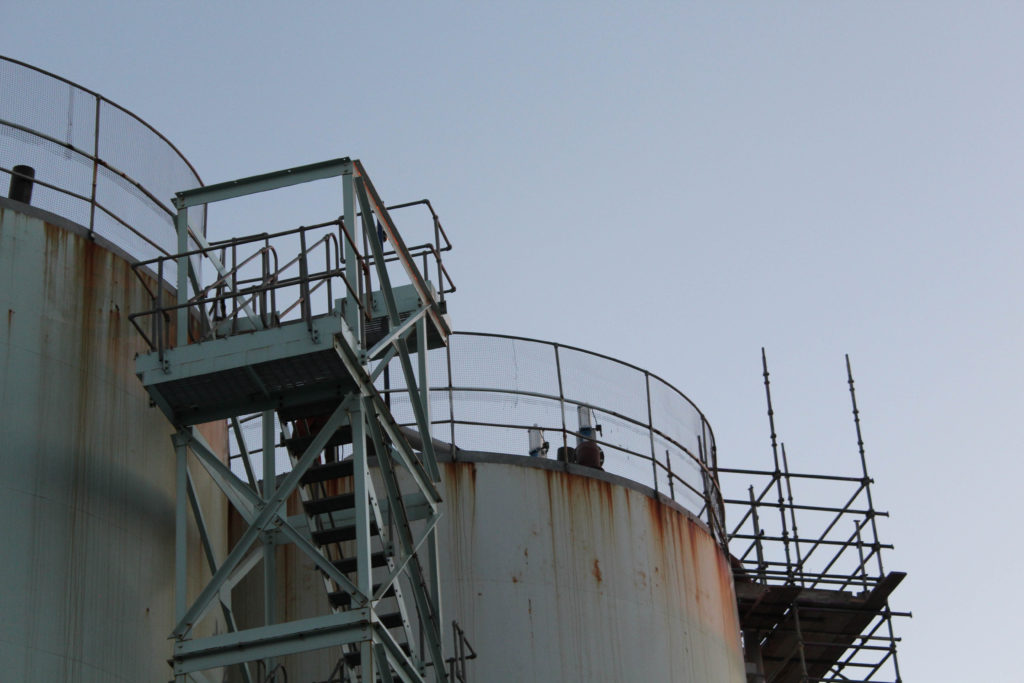



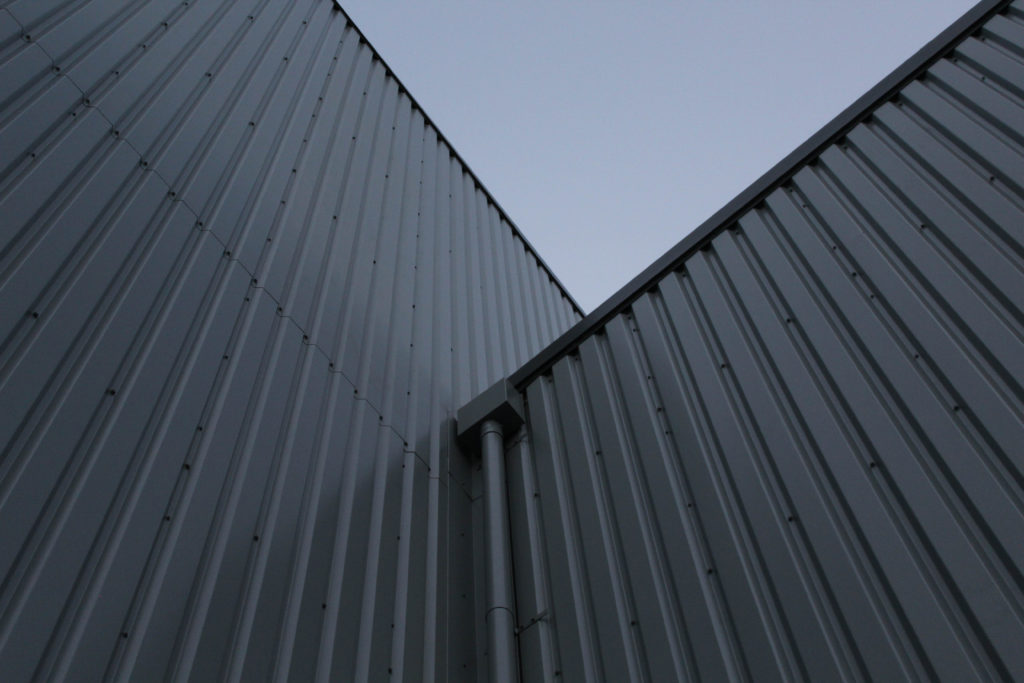

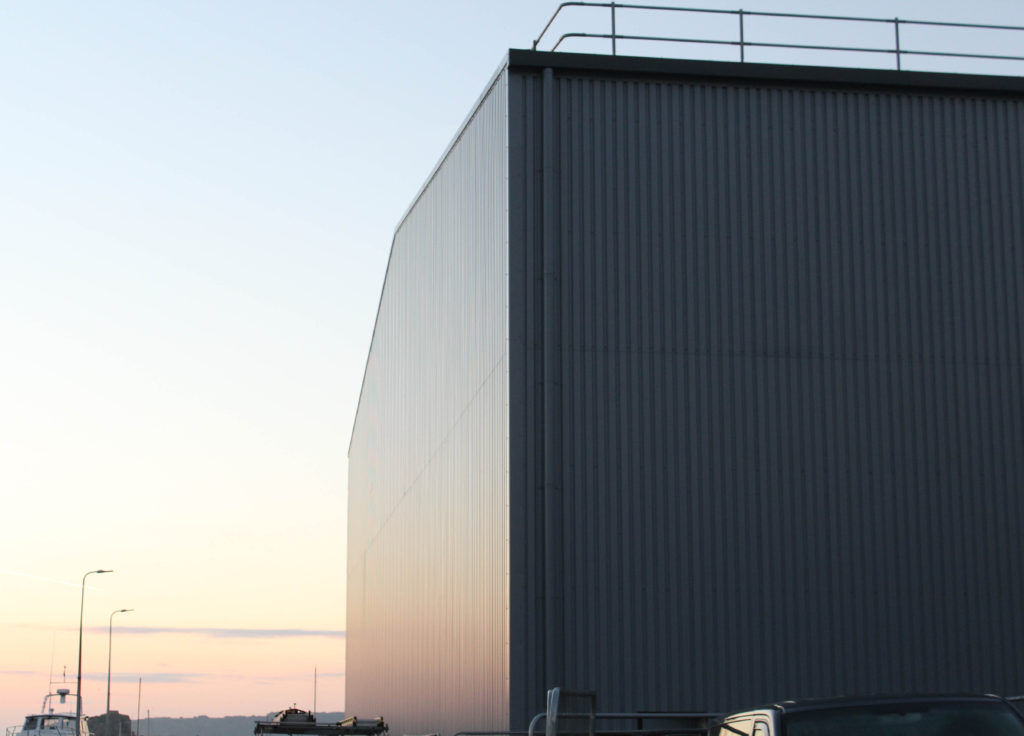
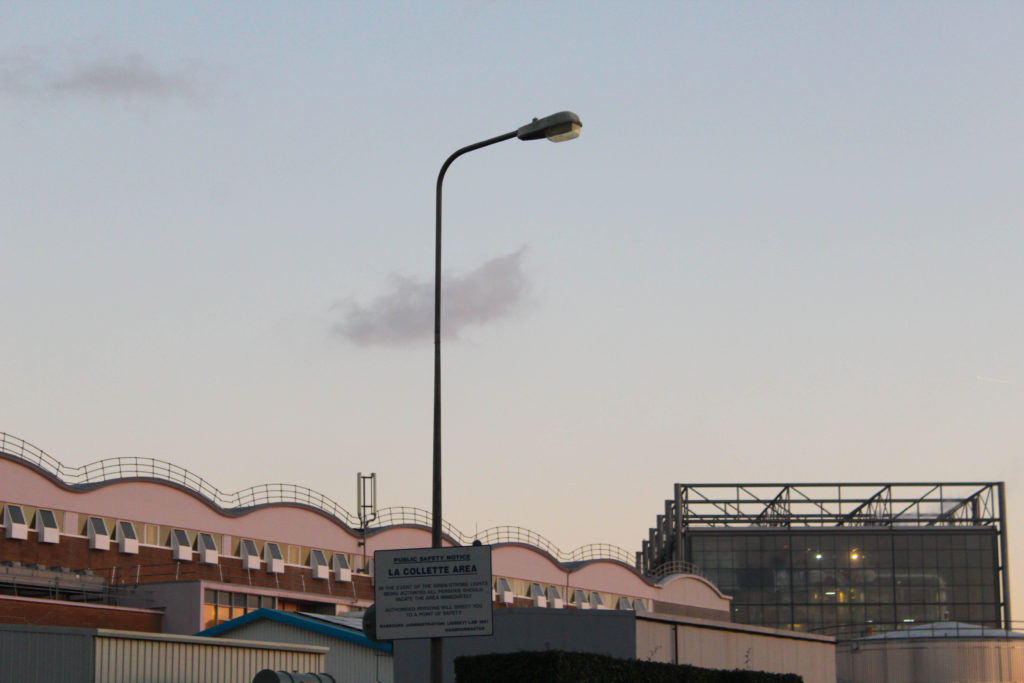


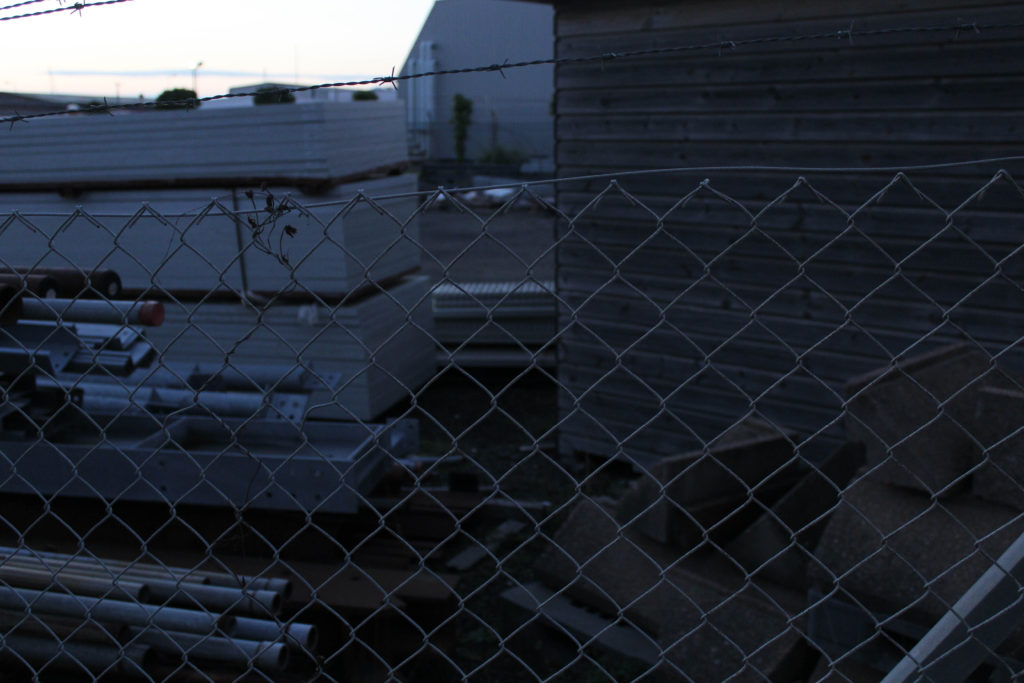
Editing
I have created a gallery to demonstrate the different ways in which I have edited my images, this also shows that not every photo needs a lot of adjustments/ changes to them. I found that the case with so many of my images from this photoshoot as the images had good levels of saturation and vibrancy so they didn’t need a lot of work done to them.






The images from this photoshoot were more difficult to edit than I expected, this meant that making them appear monochromatic sometimes was not as successful as I would have hoped, this means that selecting images to place on the blog was more challenging and there was not many good black and white images to place into this editing gallery. I would like to majority of my monochromatic images to come from my other photoshoots so I’m not too concerned about this.




Final Images and Evaluation/ Critique
This section will include all of my final images from this photoshoot, this demonstrates that exploring around La Collette was successful when in regards to creating new images for my photobook. The most important aspect of this photoshoot is the fact that I am responding to both of my artists and these images are important when it comes to illustrating my understanding of both of my photographers work.
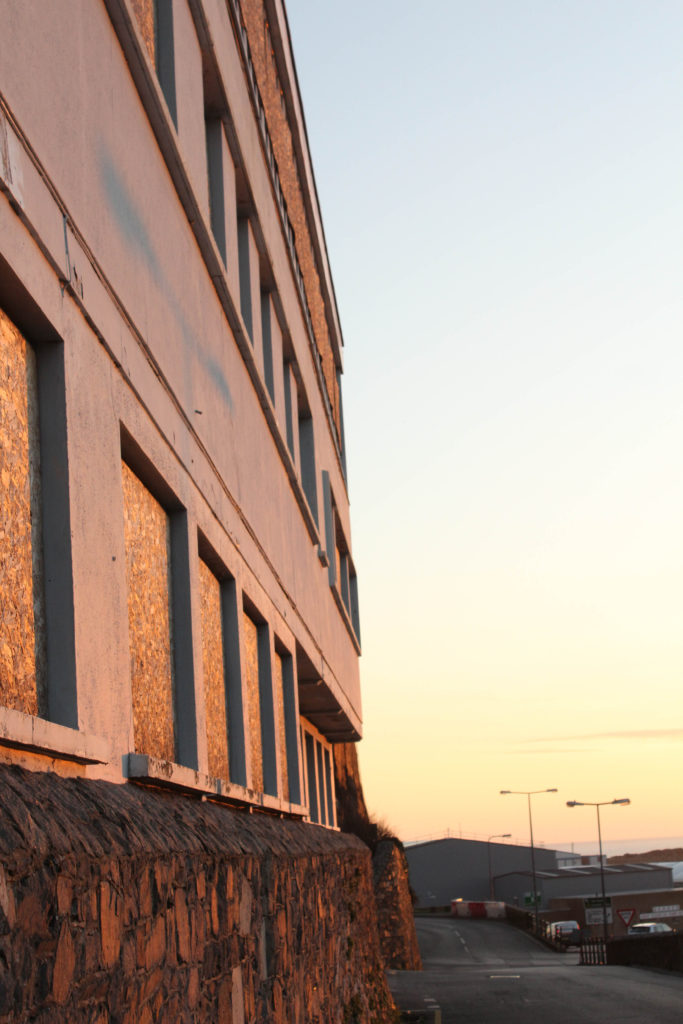
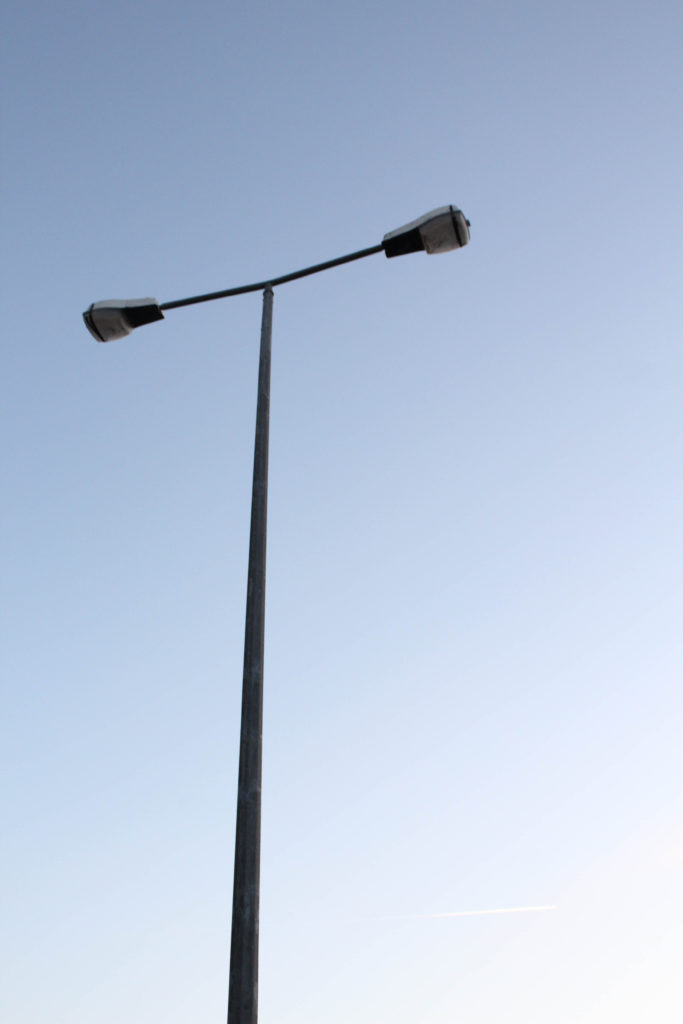
I have decided to place these two final images together as they both have a warm tone and blue aspects to them, the background throughout the first image matches the sky in the second. The first image is like a zoomed out wider perspective of the second one, and this creates a story of exploration throughout these images. This is important as it shows the narrative and thought put into taking my images in La Collette and its surroundings. The overall look of the photographs is one of high quality and dimension, in my opinion these are some of my successful photographs as they didn’t require a lot of editing and cropping. These images are a good reflection of Baltz’s style of photography along with the angles and saturations that Misrach uses, making them great example of how I have tried to explore the work of both photographers in my own way.

I have selected this as one of my final images as I think it reflects the work of Lewis Baltz very accurately, the infrastructure and use of parallel lines means that it reminds me of his work and could be compared and contrasted to his work in an effective way. Furthermore, the point of view in which the image was taken is very interesting as it is from the ground looking very high up, using this unique perspective means that I had more control of the composition of the image and how much sky was left to be exposed. Overall, I think that the cool tones in the image mean that the greys and blues play off each other very effectively and this creates a very authentic feel to the whole image, and the greys in the metal work creates light shadow and reflecting aspects across the majority of the photograph. Its important to note that overall the complexity of the image is limited, but this doesn’t necessarily mean this makes the image less or more successful, its more just an observation when thinking about how much time was put into considering how this image would turn out.


These final images were taken straight across from each other which explains why the sky is slightly darker in the first image as it is facing away from the sunset, and also explains why there is lots of light reflecting off of the metal structure in the second image. In my opinion these photographs fit well together as they both represent work from both of my artists, along with showing how similar and different their work is at the same time. Furthermore, the composition of both of these images makes them more successful as the lamppost is in the middle of the image, and the side of the metal building takes up half of the photograph on the right hand side. These image link well as they both contain parts of La Collette which look similar but have different functions. for example the incinerator in the background of the left image and the lamppost in the background of the right photograph. A critique for these images could be that the first one could of been more zoomed in, along with changing the ‘F’ setting on the camera, the image could of been a lot clearer.
Compare and Contrast
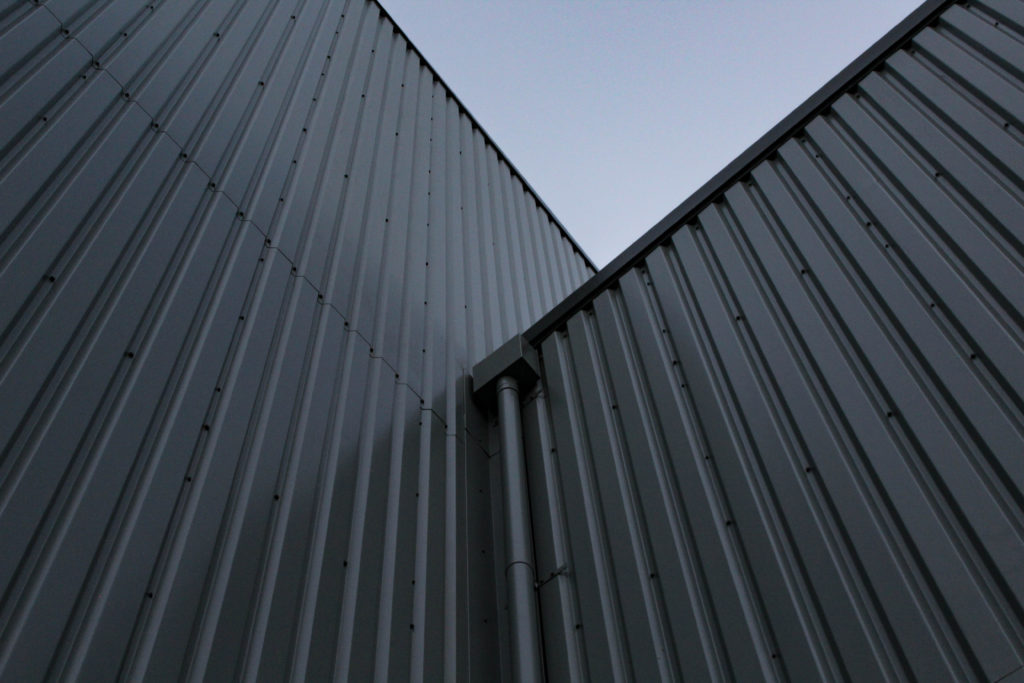

Similarities: Below I have placed an example of my work in comparison to the work Lewis Baltz, this is in an attempt to illustrate that I can take inspiration from an artist and show I can create examples of their work in my own style throughout their photoshoots, this means that I have some work which is like Baltz’s and some which is more like Misrach’s, or even some that reflect my own style of photography. The main similarities in these two photographs is the parallel lines in each of the photograph, as the empty space which is present to create contrast, such as the sky in my image and the bushes and pavement which are places at the very foreground of Baltz’s image. This illustrates that both work was taken in industrial areas which have been heavily built my mankind and may be continue to develop.
Differences: My work in comparison to Baltz’s is not monochromatic and contains less cluttered parallel lines, this means that along with the lack of free space in his image his work looks more busy and full of life, it could be argued that my work is of lower quality in comparison. My photograph only focuses on one part of of the structure and the metal work, whilst Baltz’s image looks at some surroundings, such as the pavement and the rocks in the foreground of the image. In my opinion, this makes his work focus more on the general aspects on Anthropocene and it could be interpreted that my work is just focusing on industrial areas and not that natural oandscapes that have been destroyed.
